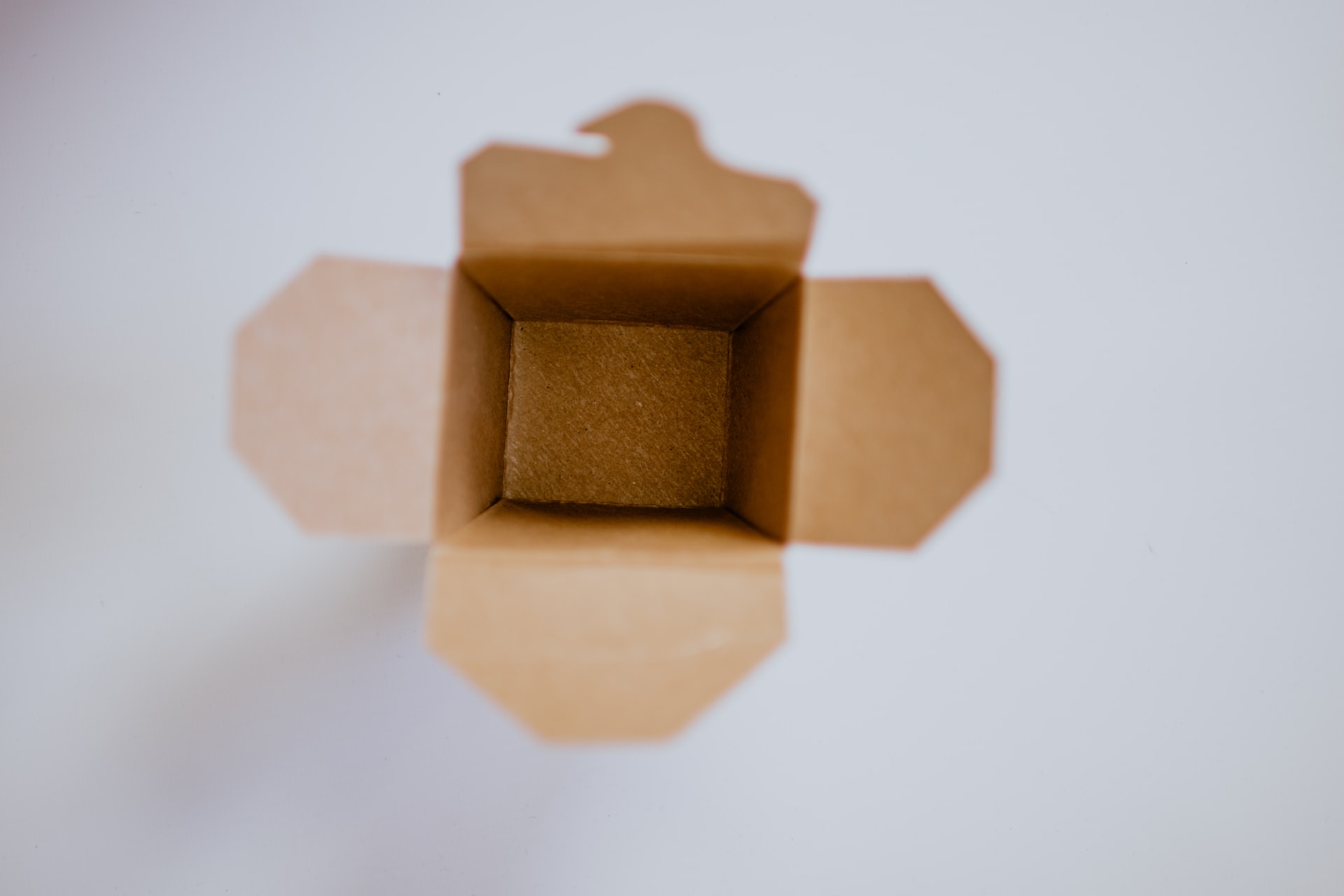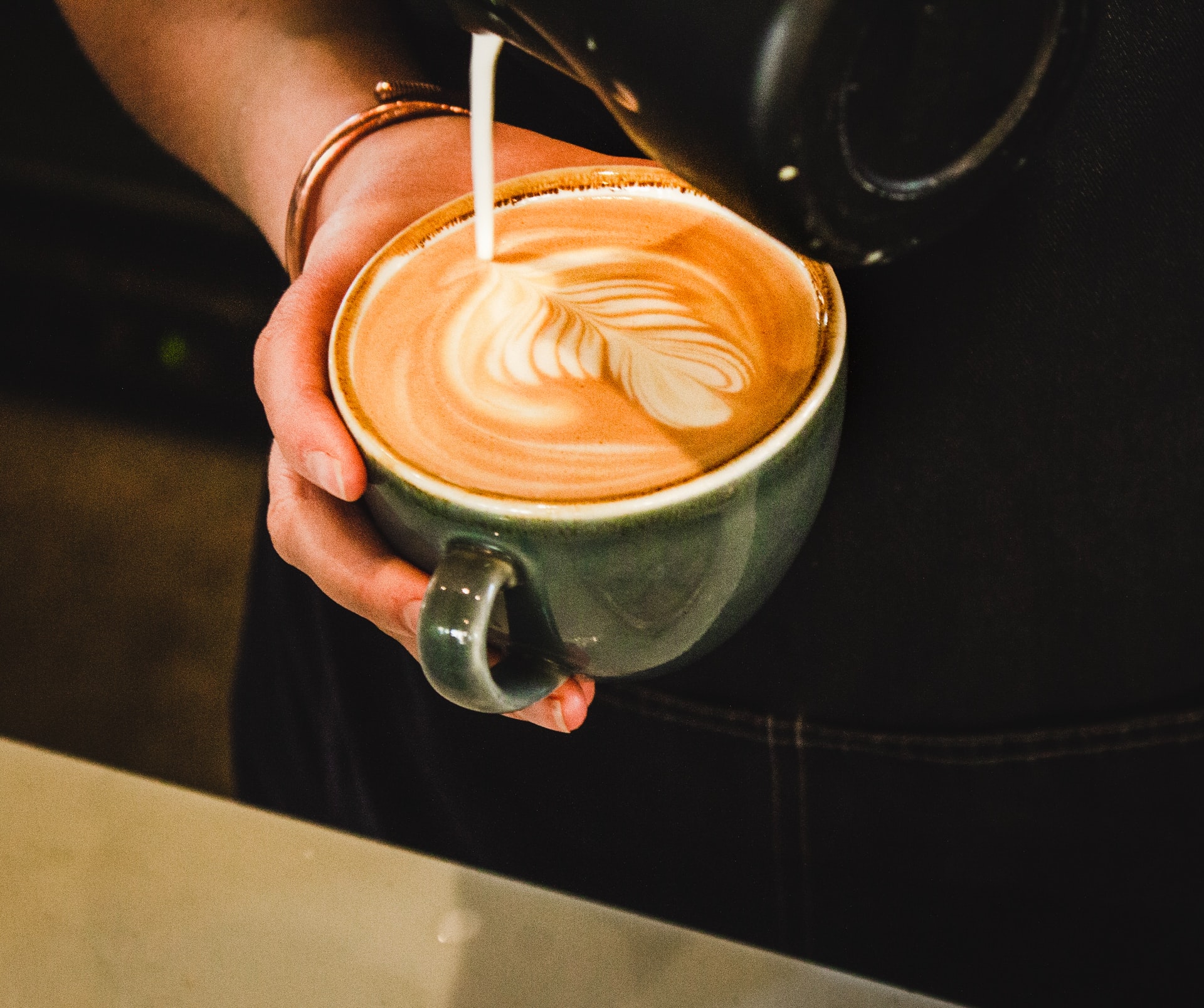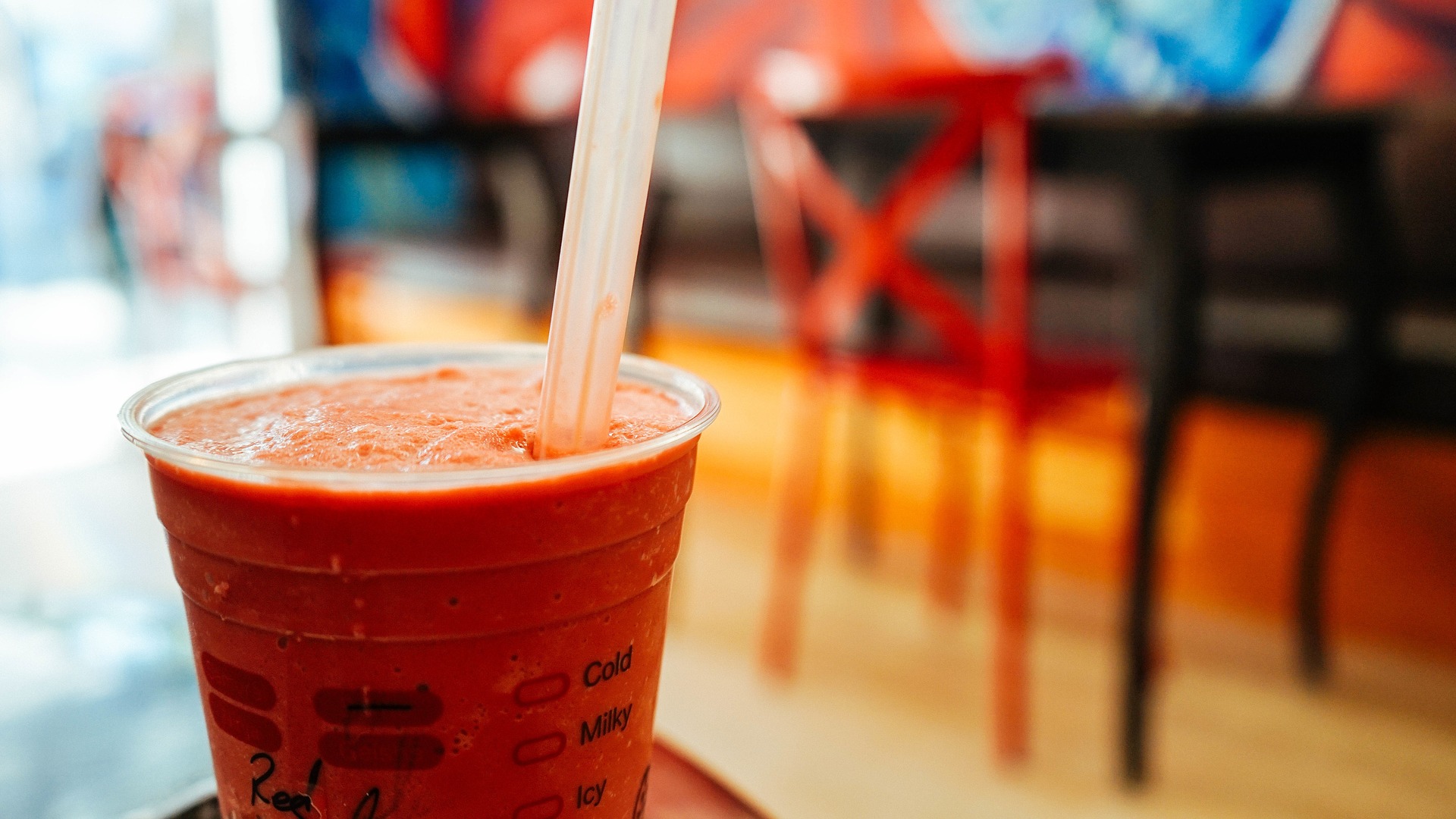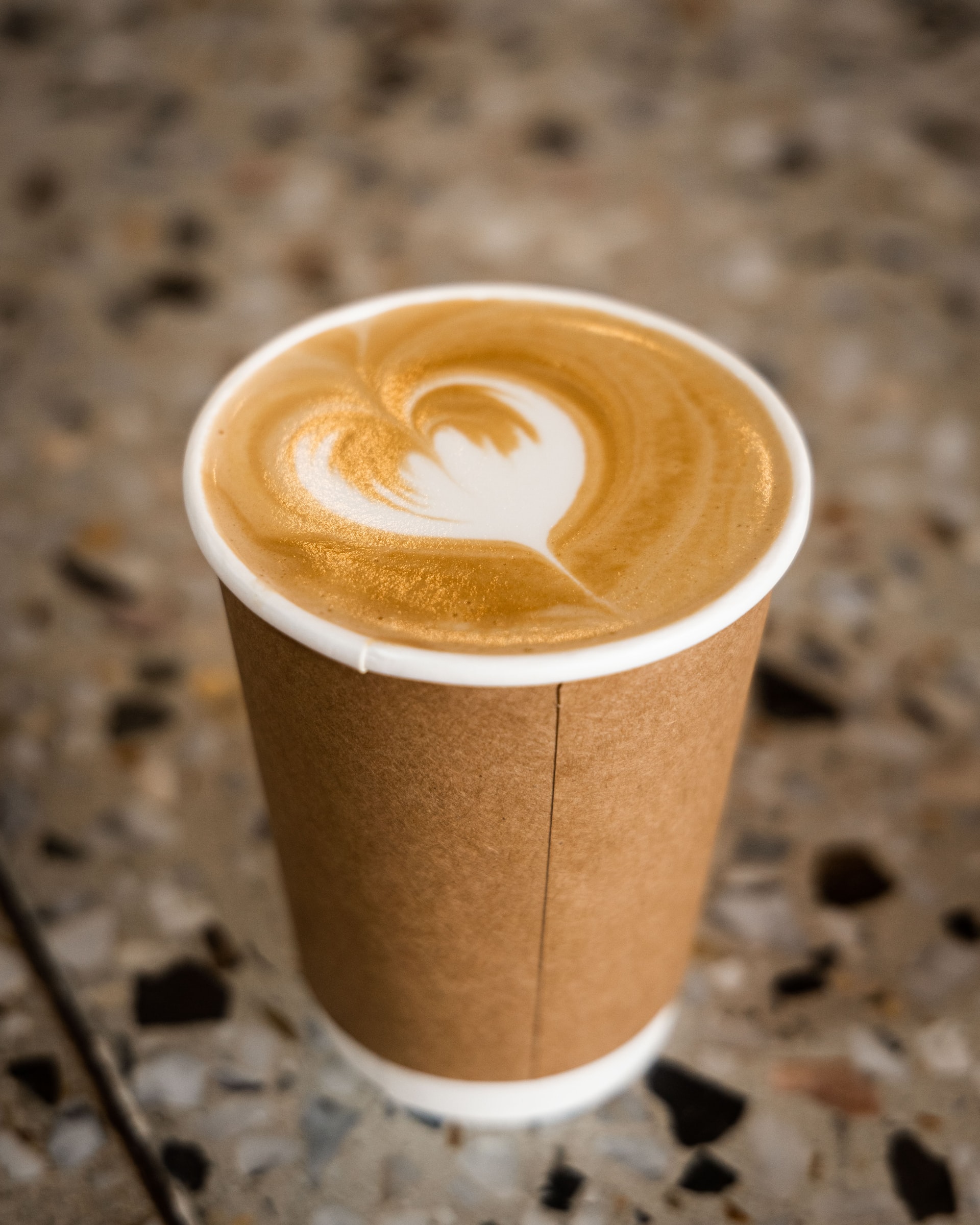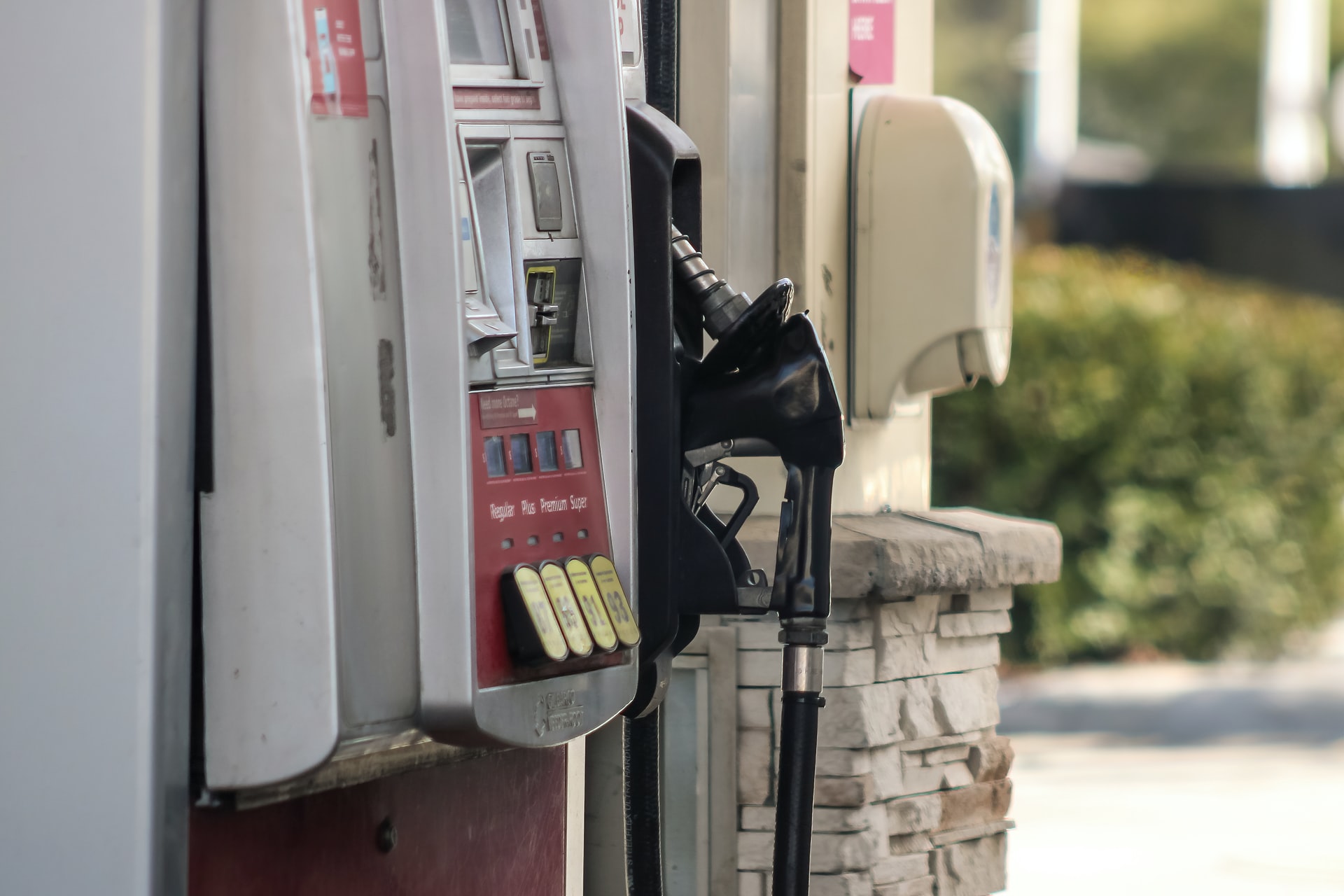A Short History of Disposable Cups
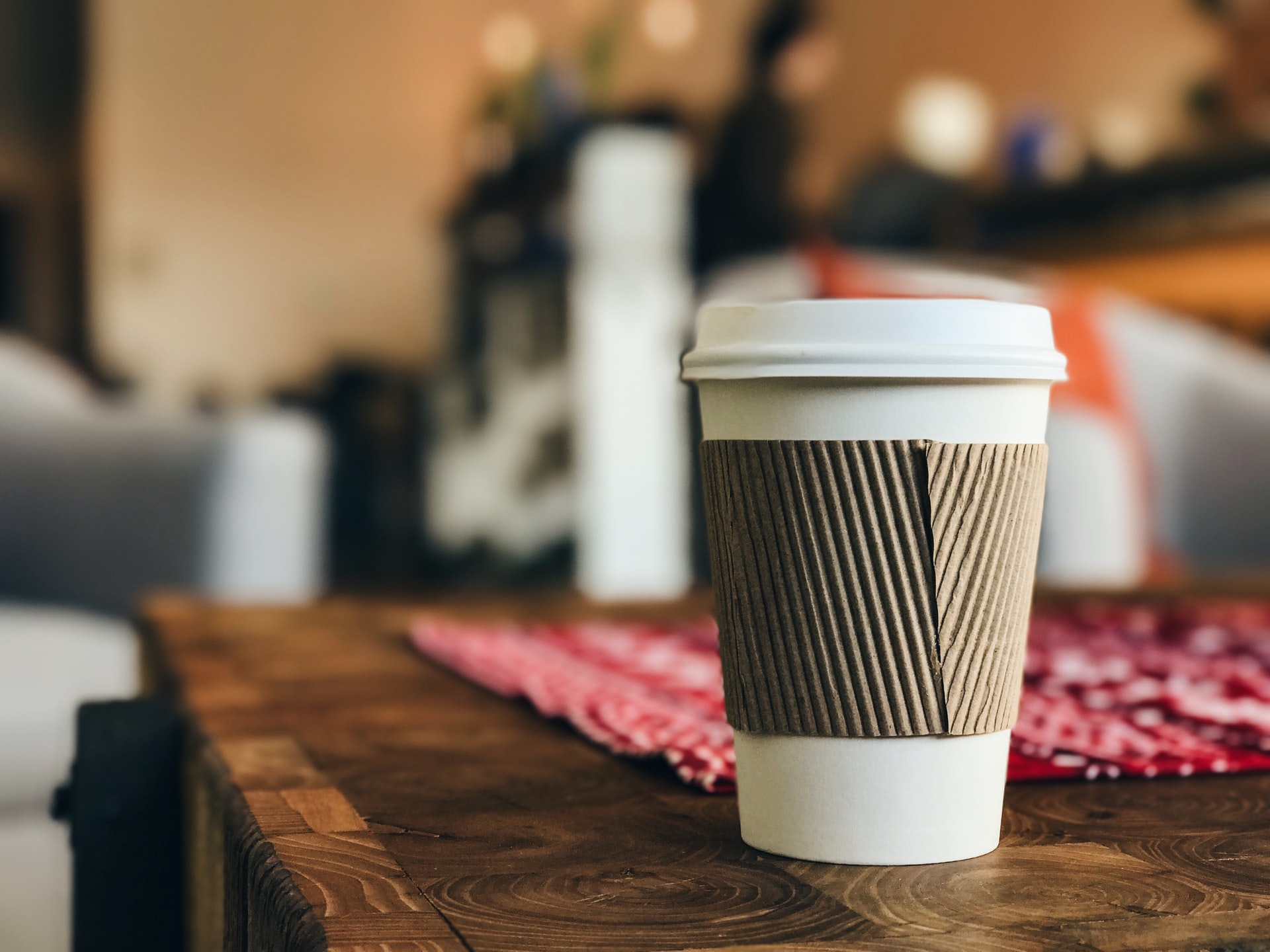
Tags - History of Disposable Cups
The disposable cup was developed as a life-saving technology in the early 20th Century and is still delivering the same health and safety benefits today.
As the world continues to live and cope with the coronavirus pandemic, staying safe and clean is at the top of everyone’s mind.
At a quick glance, the disposable cups we use today probably don't look like it has anything to do with the current situation.
However, if we take a trip back through history, you’ll soon see how these functional products came about and how it has been a hygienic choice ever since.
The disposable cups we see today have roots tracing back to the American Civil War.
During the early part of the 20th Century, drinking water became super popular and was promoted as a healthy alternative to beer or liquor - sounds obvious now, but back then, not so much!
And so, communal cups were made from wood, metal, or ceramic to drink the water.
Germs, Germs and Germs
Soon later, there were growing concerns about communal cups posing danger to the public’s health.
In response, a lawyer based in Boston, Lawrence Luellem, designed a disposable two-piece cup made from paper in 1907.
At the same time, Dr Samuel Crumbine, one of the founding fathers of modern public health, campaigned against the use of communal cups as part of his fight against tuberculosis; he noticed a number of people with the disease sharing water from the same cup with those who were healthy.
Then, Luellen’s brother-in-law, Hugh Moore, demonstrated the prototype paper cup to Dr. Crumbine, which led to both of them embarking on an advertising campaign to spread the word - in 1912, Lullen’s paper cup received a US patent.
A few years later, in 1918 the Spanish flu killed between 50 to 100 million people around the world; this fear of disease-causing germs brought even greater interest in disposable cups.
The Evolution Continues
In the 1930s, the paper cup was developed even further, with handles being added to mimic mugs for hot drinks and the creation of the Solo Cup, a paper cone.
Then in 1942, Massachusetts State College conducted a study where it was found that using single-use paper cups cost far less than sanitizing glassware for re-use in hospitals - which was best practice at the time.
And so, these findings and the need to decrease the risk of cross-infection resulting in using disposable paper cups in hospitals.
By the 80s, food trends played a major role in the new design of disposable cups as special coffees like cappuccinos and lattes grew in popularity.
Today, disposable cups are used almost everywhere and not just limited to serve hot and cold drinks, but to also hold food like ice cream or soup.
Just go to any cafe, office or festival - you’re bound to see disposable paper cups being used.
Moreover, as everyone’s lives are becoming increasingly busy, these cups have been a great way to save time to grab beverages on-the-go.
Renewable, Recyclable Options
As with all food packaging, the carbon footprint of a disposable paper cup is relatively small in comparison to the food itself.
With advances in technology, new solutions that reduce the dependence on fossil oil-based materials have been found and offer consumers a lot more choice, as well as partnerships being created to develop new recycling solutions.
Both consumers and government initiatives are calling for reduced carbon footprints and this means a push to the sale of recyclable paper cups.
It’s clear the paper cup has definitely come a long way: it was invented to tackle food safety and hygiene which very much still exists today.
Please get in touch to find out more.
In the meantime, check our full range of disposable coffee cups here.
You may also like:

